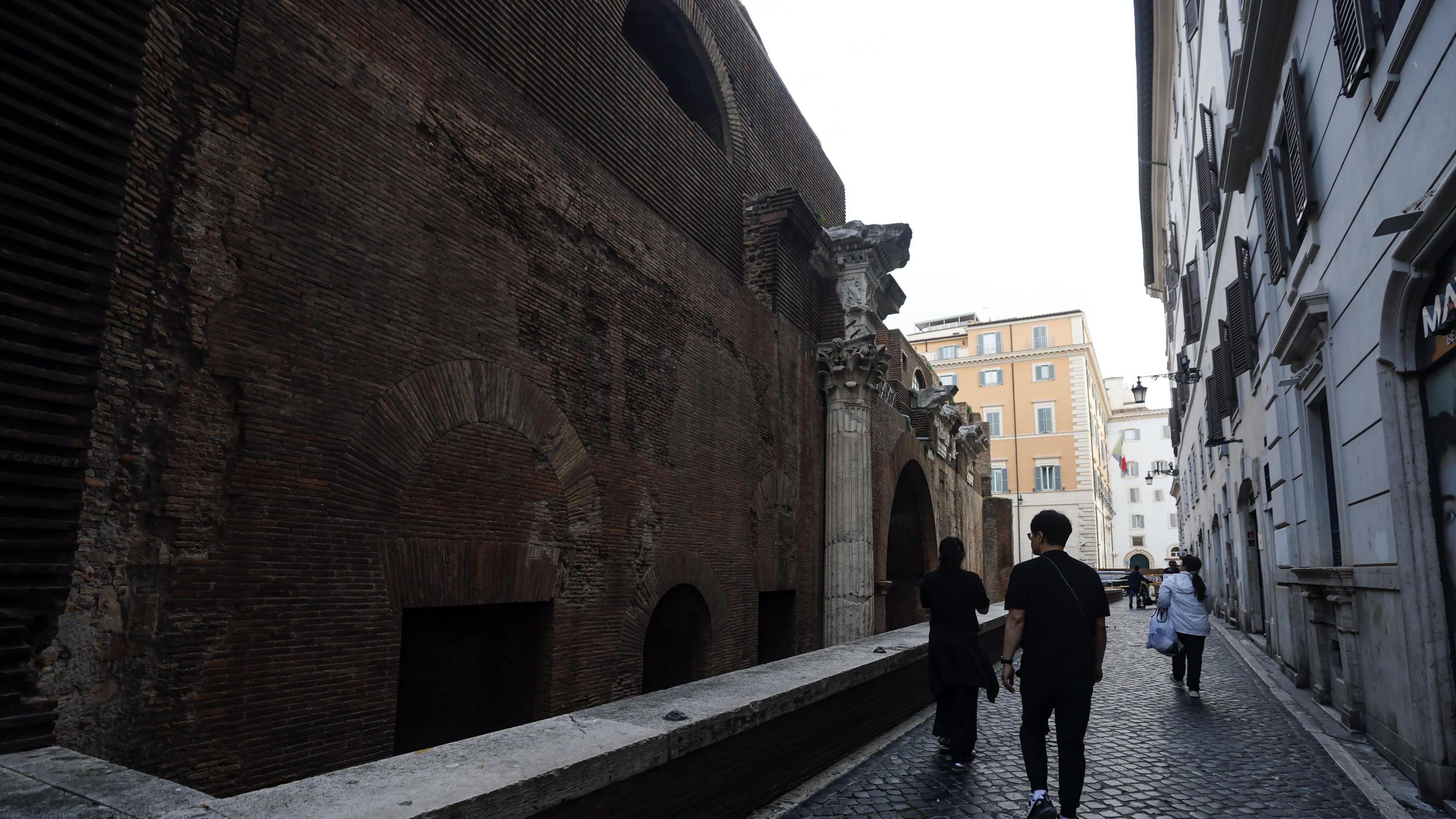We're loading the full news article for you. This includes the article content, images, author information, and related articles.
The tragic incident at the world-renowned heritage site has cast a global spotlight on the persistent challenges of ensuring tourist safety at historical landmarks. Italian authorities have launched a full investigation.

ROME, ITALY – A 69-year-old Japanese tourist died late on Friday, October 24, 2025, after falling from a perimeter wall at the Pantheon, one of Rome's most iconic ancient monuments. The incident, which occurred at approximately 11:50 PM East Africa Time (9:50 PM local time), has prompted an investigation by Roman authorities and renewed discussions about safety measures at globally significant tourist sites.
The victim has been identified as Morimasa Hibino. According to initial reports from Italian news agency Ansa and newspaper la Repubblica, Mr. Hibino was sitting on the wall, which stands about seven metres (23 feet) high, when he lost his balance and fell into a recessed moat-like area surrounding the structure. A passing priest discovered the man and immediately alerted the police.
Emergency services, including firefighters, were dispatched to the scene. They were required to force open a locked gate on the Via della Palombella to access the area where Mr. Hibino had fallen. Despite their efforts, he was pronounced dead at the scene.
Rome's Carabinieri (national gendarmerie) are leading the investigation into the exact cause of the fall. According to multiple Italian media outlets citing police sources, the leading theory is that the fall was a tragic accident. Investigators are analyzing footage from surveillance cameras overlooking the Piazza della Rotonda, the public square in front of the Pantheon, to piece together the events leading up to the incident.
There are conflicting initial reports regarding the circumstances. While most accounts suggest an accidental loss of balance, news portal Roma Today mentioned the possibility that the tourist was attempting to take a selfie. Another report by The Guardian on Saturday, October 25, 2025, stated that the man's daughter, who was traveling with him, told police he may have been overcome by a sudden illness which caused him to lose his balance. Authorities have not officially confirmed any of these specific scenarios, pending the outcome of their formal inquiry.
While this incident has no direct connection to Kenya, it highlights a universal issue of profound relevance to international travelers and heritage management bodies worldwide. The Pantheon, originally built as a temple to all Roman gods and later consecrated as a church, is a UNESCO World Heritage site that attracted over 4 million visitors in 2024 alone. The immense pressure of mass tourism on ancient structures presents a constant dilemma for authorities: how to ensure public access and an immersive experience while guaranteeing the safety of millions and preserving fragile historical architecture.
Accidents and irresponsible behavior at such sites are a recurring problem globally. In Rome itself, recent years have seen tourists fined for climbing on the Pantheon, driving cars down the Spanish Steps, and etching names into the walls of the Colosseum. These events often trigger reviews of security protocols, crowd control measures, and the adequacy of physical barriers. A 2022 report from the UN World Tourism Organization noted a rising trend of accidents and property damage linked to tourist behavior at heritage sites.
The challenge is not unique to Italy. Sites from Machu Picchu in Peru to the Great Pyramids of Giza have suffered from erosion, vandalism, and accidents resulting from huge visitor numbers. This incident at the Pantheon serves as a somber reminder of the potential dangers present even at the most well-managed and beloved landmarks. As the investigation continues, its findings will be closely watched by cultural heritage authorities globally, who grapple with the shared responsibility of protecting both their treasures and the public who come to see them.
Keep the conversation in one place—threads here stay linked to the story and in the forums.
Other hot threads
E-sports and Gaming Community in Kenya
Active 7 months ago
Popular Recreational Activities Across Counties
Active 7 months ago
The Role of Technology in Modern Agriculture (AgriTech)
Active 7 months ago
Investing in Youth Sports Development Programs
Active 7 months ago